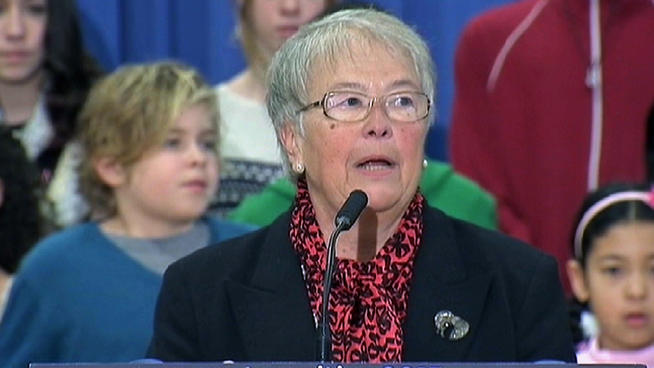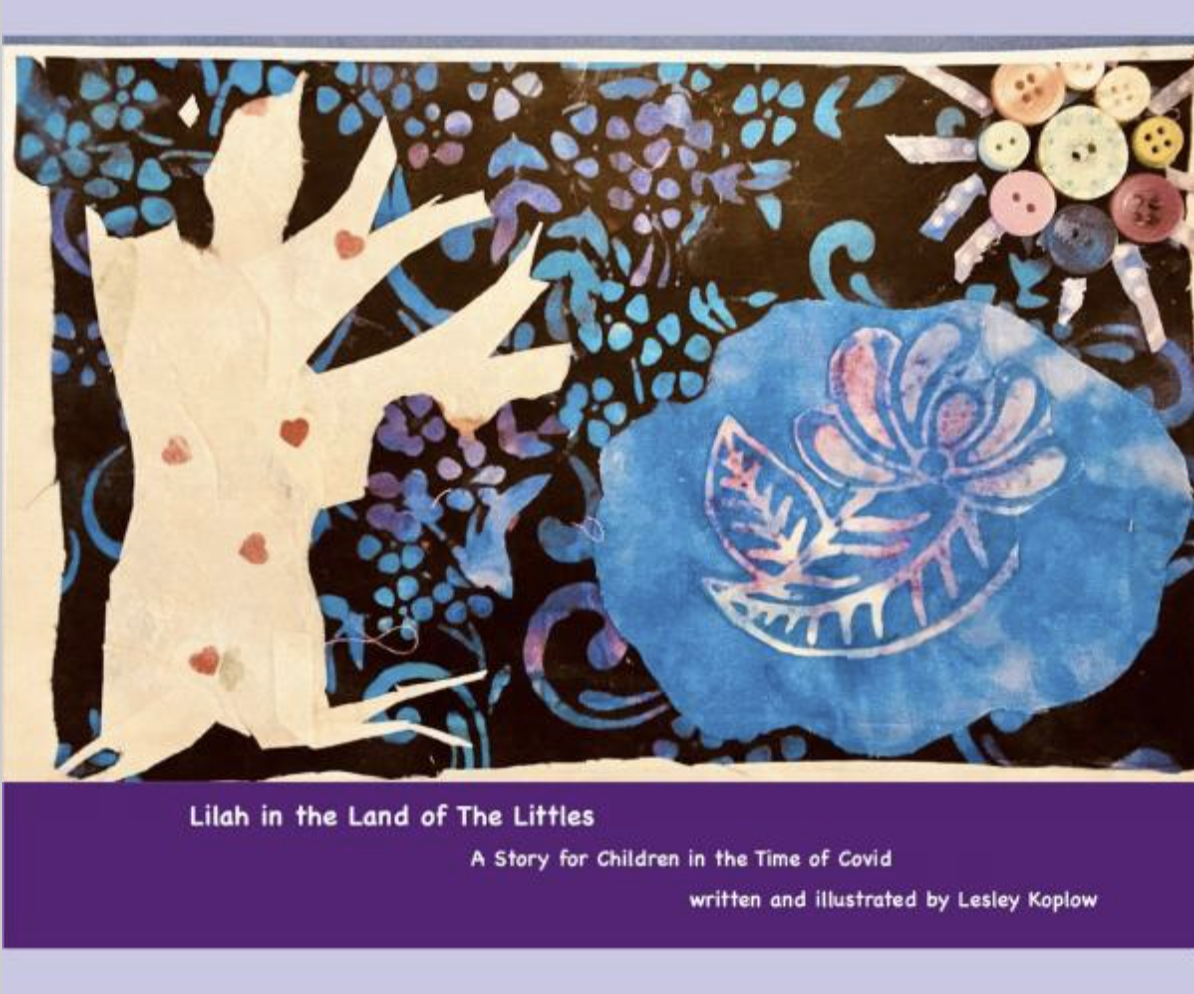Elisa A. Hartwig
Authentic assessment is a powerful tool for early childhood educators to analyze information gathered during everyday classroom activities and routines in order to understand each unique child’s development. Consistent and comprehensive reflection on observation notes, photos, artistic creations, emergent writing, and dictations provides teachers with meaningful insight about each child and about the group as a whole. With this insight, teachers can plan activities and experiences that are responsive to children’s interests and needs. Teachers can share their understanding of each child’s growth with his or her family, while also gaining important insight from them in return.
A robust, on-going authentic assessment practice can also help early childhood educators to make sure that they aren’t mistakenly seeing children for something they’re not. Authentic assessment is even more powerful because it can reduce unintended, or implicit, biases. Implicit biases are automatic, subconscious ways that we read the environment and predict behavior. Specifically, implicit biases can affect teachers’ expectations of and interactions with the young children in their classrooms.
In a recent study by Walter Gilliam at the Yale Child Study Center, preschool teachers were shown to erroneously expect challenging behavior from Black boys, even when no behavior challenges were present. This suggests that preschool teachers may hold differential expectations of challenging behavior based on the race of the child. The study also demonstrated that preschool teachers who were not of the same race/ethnicity as the child were more likely to perceive severely problematic behavior as typical or expected.
Gilliam became interested in preschool teachers’ biases following data released by the U.S. Department of Education’s Office for Civil Rights showing that Black and Latino male preschoolers are suspended and expelled disproportionately – nearly four times as often as their White peers. Unnecessary suspensions and expulsions deny our youngest residents the right to educational opportunities and put them at a disadvantage for further success and well-being. The Institute applauds the New York State Education Department’s commitment to eliminating these practices in all early childhood settings by the 2017-2018 school year. The Institute also acknowledges New York City’s Schools Chancellor Carmen Farina’s strong stance against suspensions and expulsions for young children up through 2nd grade.
Using authentic assessment to ground teachers’ understanding of children’s development in a collection of evidence that strives for objectivity and that is visible and accessible by others can help early childhood teachers to reduce implicit biases. The Institute’s Authentic Assessment Specialists guide teachers to record observations only of what they see and hear, thereby eliminating assumptions and interpretations about what a child might be thinking, feeling, or intending to do. Authentic assessment practice guides teachers to see children in a strengths-based way, rather than in terms of potential deficits or challenging behaviors. It allows children to be different – in fact, authentic assessment leads teachers’ to embody the Core Value of the New York State Core Body of Knowledge: “Every human being is a unique individual, with diverse modes of learning and expression as well as interests and strengths.”
Increasingly, kindergarten teachers are taking an interest in authentic assessment as an alternative to tests that can be anxiety-inducing and developmentally inappropriate for young children. Lindsey Desmond, a veteran kindergarten teacher in Manhattan, explains: “It’s a different frame for student achievement that focuses not on what the child didn’t get, but on her strengths, on what she can do and does know. It also gives a more interdisciplinary approach and so can be integrated into your practice more naturally, and it’s more culturally relevant as well because you can more easily utilize the child’s frame of reference in lesson-planning. Authentic assessment is culturally responsive because children can demonstrate how they apply concepts within their own cultural schemas rather than in a predetermined way.”
Related post: Learning Stories: Narrative Assessment as a Culturally and Emotionally Responsive Practice


While parents are a child’s first teacher, as educators and professional we are held accountable for the child while the child is in our care. We are the trained and educated professionals, not the parents/families. We should not implicate our biases in a child’s behavior or learning skills. It is our responsibility and commitment to use authentic assessments to support us when trying to plan responsive lessons and activities to help promote developmental growth in children. Understanding the child’s background, culture, beliefs and values should be tools to help support the child not used as biases or judgements.
Thank you for your comment. Young children are influenced by all of the adults in their lives, which is why both families and teachers are important in nurturing and educating them. Teachers who are well-trained, supported, and compensated can make a big difference in both the child’s and the family’s life. Authentic assessment is a critical tool for early childhood educators to use to understand a child and help them to grow and learn.
My issue is this article goes on to put much of the blame on the teachers and not the child’s family structure, which I believe is the central measure for how a child will behave in the classroom. Please understand that I know we need more patient teachers; however, it is not the teachers fault when they have done everything they can to protect their children in the classroom from violent student-behavior, and their last options are to send the child home.
My main point is, let’s address the problems where they actually are – the family. The family is a child’s main teacher.
Hi Selma,
You can subscribe here: http://earlychildhoodnyc.org/newswatch/feeds
Thank you,
Alyssa
An invaluable article. I was recently questioned (in surprise) by teachers in a classroom who were 'confused', that the sole black child was experiencing 'challenges', yet no one could describe what she COULD DO. It was also the general sentiment that the 'representation' in the books in the classroom did not effect the child.
Thank you for this. I will share and do some more research. Authentic assesment to reduce inherent biases so crucial.
Thank you.
How do I get on this Early childhool nyc mailing list.